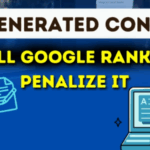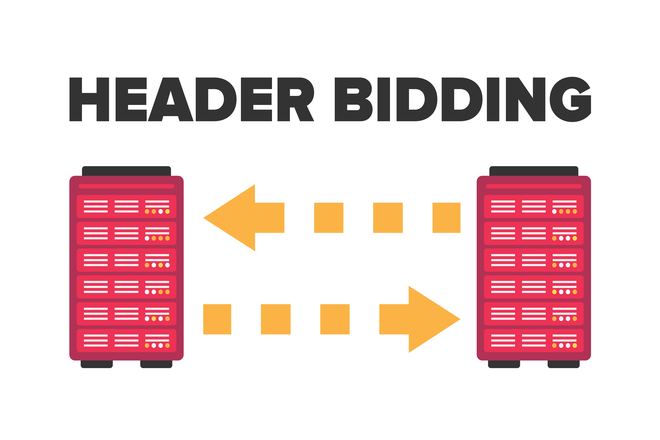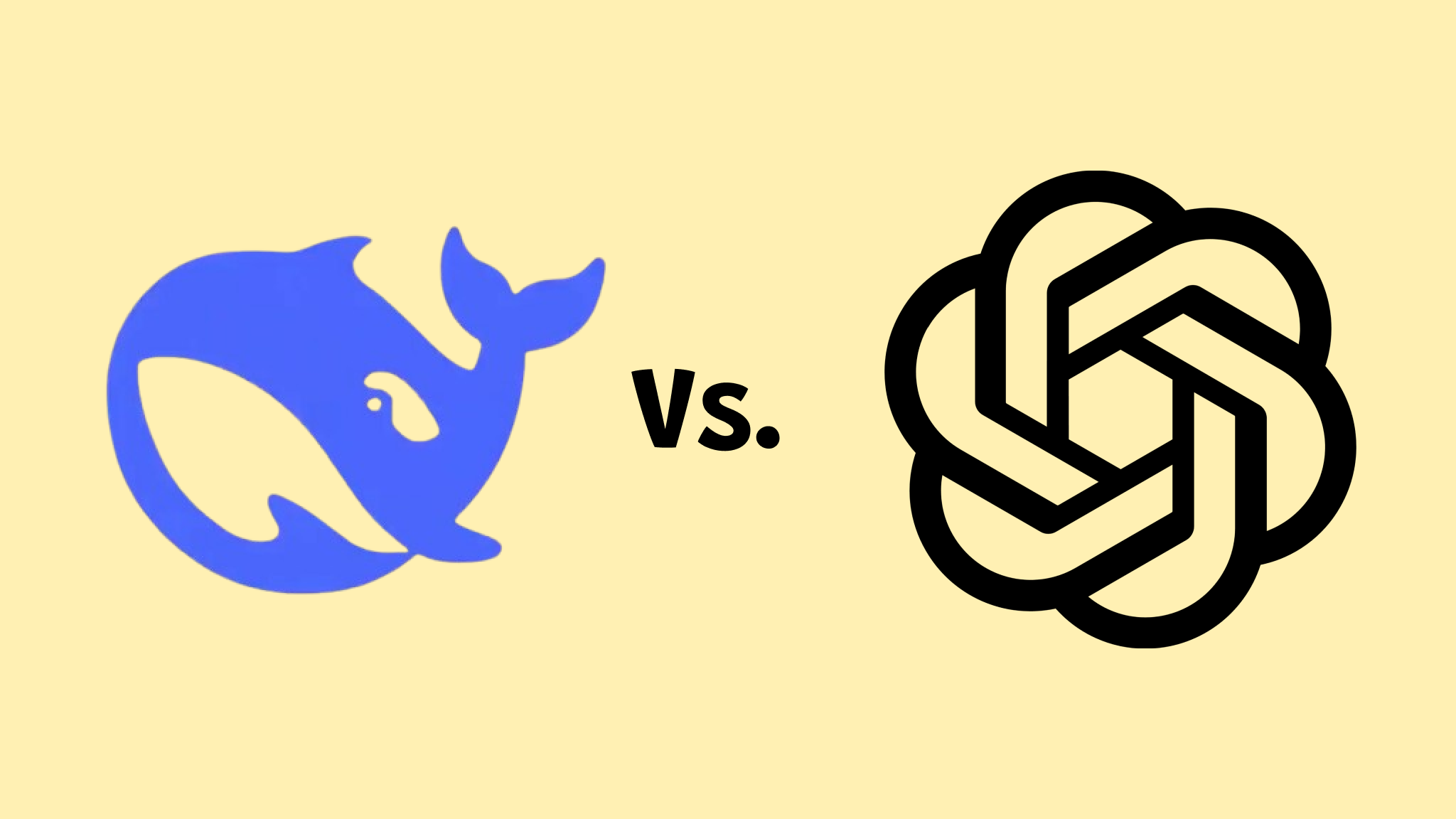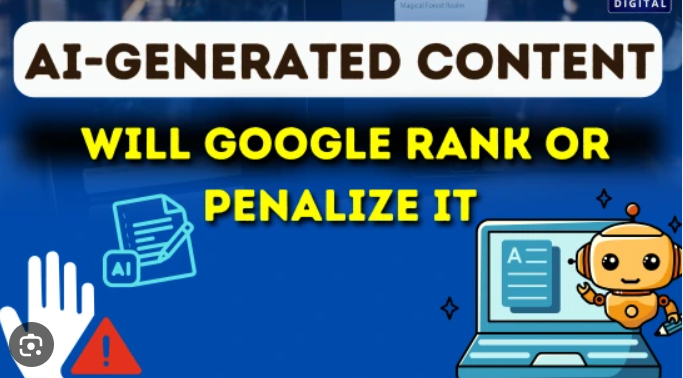The digital advertising ecosystem revolves around the “golden moment”: the instant a user views a web page, and an ad prospect is simultaneously generated. For a publisher, maximizing this moment and getting the actual value for their ad inventory by having the maximum number of advertisers bid at once is paramount. The technology powering this complex, data-driven transaction is known as AdTech (Advertising Technology). AdTech encompasses the software, tools, and data that enable brands and agencies to target, strategize, and manage their digital campaigns (impressions, views, acquisitions) to achieve a high return on investment (ROI). Is header-bidding to be the future of Adtech?
The quest for maximum yield and efficiency led to the development of Header Bidding, also known as pre-bid. It is an advanced, unified auction method that fundamentally transformed programmatic advertising. In the legacy “waterfall” model, ad inventory was offered to demand partners sequentially, often leaving higher bidders without a chance and resulting in sub-optimal revenue for the publisher. Header Bidding countered this inefficiency by allowing publishers to simultaneously offer their inventory to multiple demand sources or advertising exchanges before calling the ad server. This creates a hyper-competitive environment where the highest bidder wins, universally increasing publisher revenue, sometimes by 30% or more. So, the question arises whether header-bidding to be the future of Adtech.
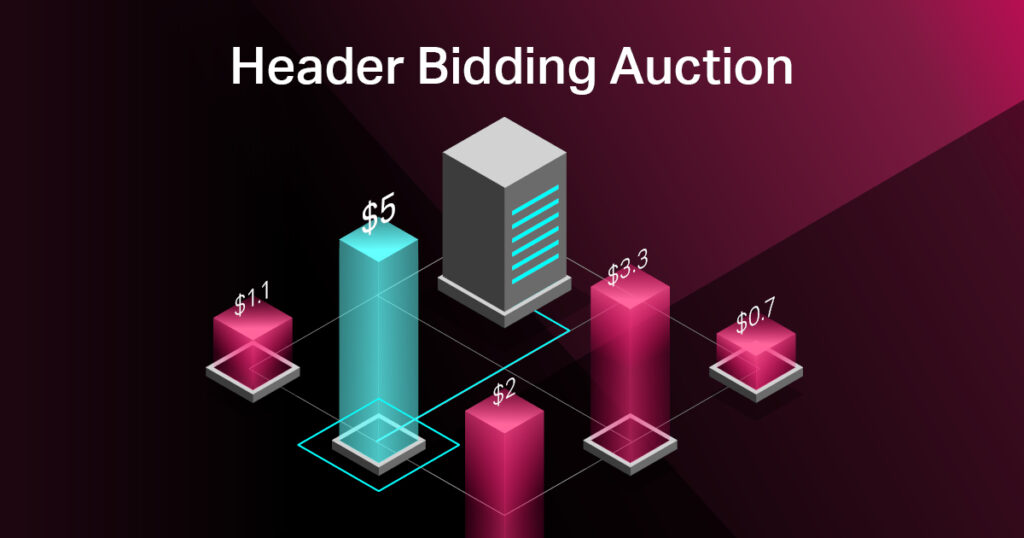
Without sending the ad request directly to the Adtech platform, the server-side header bidding sends the ad request to another server. Then, the server forwards the request to ad exchanges. As the server gets the bid, it sends it back to the browser. Header bidding to be the future of AdTech is gradually becoming a reality.
What is Header Bidding?
Header bidding, popularly known as pre-bid, is an advanced way of programmatic advertising buying that enhances ad revenue and allows publishers to offer their inventory to demand sources or multiple advertising exchanges before making the call to ad servers. It is a method used by the publishers for conducting direct actions so that it can counter the inefficiencies faced by the websites in getting the best price for their advertising space.
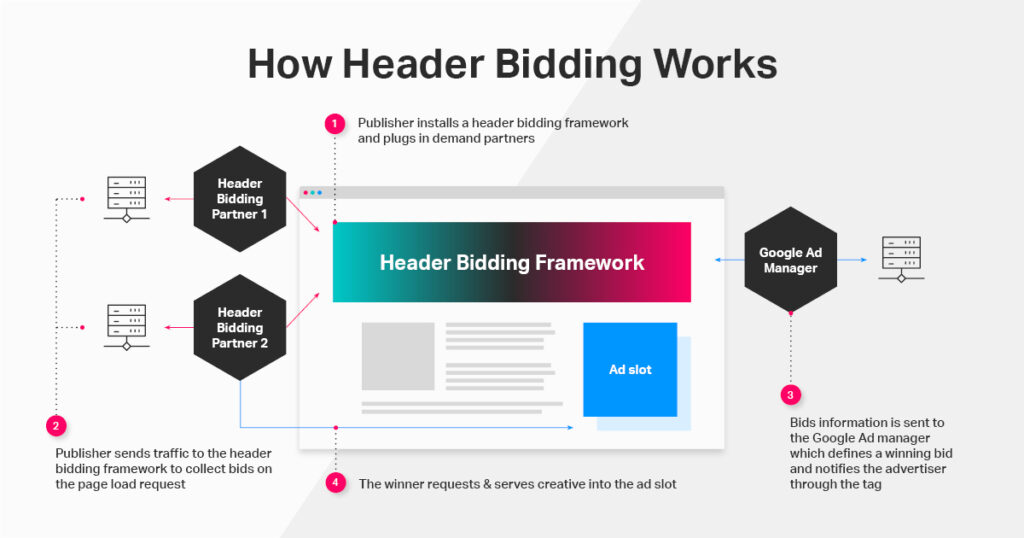
What do you mean by AdTech and its importance?
AdTech or Advertising technology is a shared term used for a range of software and tools that power brands and advertising agencies to target, set up, strategize, analyze, and manage their digital advertising activities on publishers’ sites. AdTech is designed to help advertisers make optimum use of their investment. The Adtech environment has two major aspects- the advertiser or demand side and the publisher or supply side.
Advertisers try to make the most of their investment budget by running valuable ad campaigns to reach the desired audience, optimizing ad campaigns, measuring the ROI, and gathering customer insights. Adtech offers advertisers and publishers applications that help in achieving their goals while meeting the specific demands of both parties.
Addressing Latency with Server-Side Bidding
While the initial implementation of Header Bidding—known as client-side header bidding—provided immense financial benefits, it faced a significant challenge: page latency. Running multiple simultaneous auctions in the user’s browser could slow down webpage loading times, negatively impacting user experience and Core Web Vitals scores.
The AdTech industry responded by widely adopting Server-Side Header Bidding (SSHB). In this model, the user’s browser sends the ad request to a single dedicated server. This server then forwards the request to ad exchanges, conducts the auction on the backend, and sends the single winning bid back to the browser. This shift drastically minimizes latency, improving site speed and user experience. Today, many publishers use a hybrid approach, strategically combining both client-side (for better data sync) and server-side (for speed and scale) setups to achieve the optimal balance between performance and revenue.

Header-Bidding goes Omnichannel
Header Bidding’s expansion beyond desktop display advertising is a defining trend of the mid-2020s. The technology has successfully gone omnichannel, dominating the highest-growth segments in programmatic spending: Video and Mobile In-App.
Connected TV (CTV) and OTT
CTV (Smart TVs and streaming devices) has seen an unparalleled surge, with advertising budgets increasingly shifting from traditional linear TV. Video Header Bidding is critical here, enabling multiple demand sources to bid in real-time on premium, high-attention video inventory. Server-to-Server (S2S) mediation is the preferred method for CTV due to its complexity and the need for low-latency ad insertion within video streams. This development is providing advertisers with precision targeting capabilities that linear TV could never offer.
Mobile In-App
Research consistently shows continued growth in mobile application monetization via header bidding. Similar to the web, in-app header bidding utilizes an SDK (Software Development Kit) to initiate the unified auction, ensuring app owners maximize yield by pitting various DSPs and ad networks against each other simultaneously, rather than relying on the inefficient waterfall sequence.
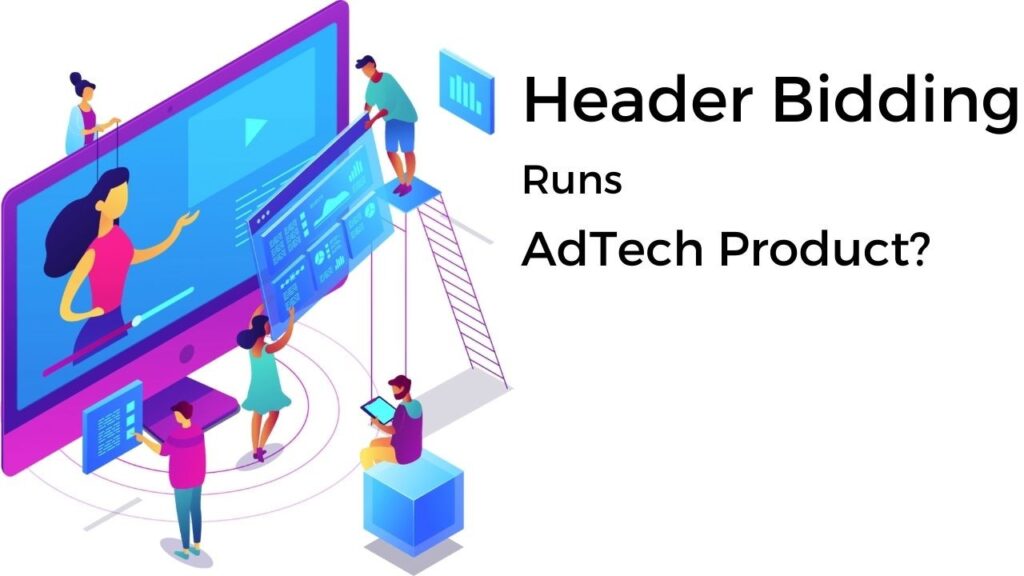
Intelligent and Privacy-Focused Future
The future of Header Bidding is being shaped by two powerful forces: Intelligence and Privacy.
The integration of Artificial Intelligence (AI) and Machine Learning (ML) is a core development. AI algorithms are now embedded into header bidding platforms to perform real-time yield management. These tools analyze bid data, user behavior, and market dynamics to automate and optimize bidding strategies—for instance, by setting dynamic floor prices—ensuring the publisher receives the highest possible effective CPM (eCPM) for every impression.
Simultaneously, the industry is navigating a privacy-first landscape. With regulatory compliance (like GDPR/CCPA) and the deprecation of third-party cookies, Header Bidding must adapt. Publishers are now prioritizing the use of First-Party Data and various identity solutions to maintain targeting accuracy without relying on third-party cookies. Header Bidding solutions are evolving to ensure they are fully compliant, often requiring the use of a Consent Management Platform (CMP) to manage user preferences effectively.
Competitive Dynamics: Header Bidding vs. Open Bidding
The AdTech landscape remains dynamic, with Header Bidding facing competition from integrated solutions, most notably Google’s Open Bidding (formerly Exchange Bidding). Open Bidding is also a server-side unified auction housed within Google Ad Manager (GAM), offering publishers a simplified implementation and unified billing. However, Header Bidding maintains key advantages-
Transparency
Header Bidding offers superior transparency, allowing publishers to see the mechanics of the auction and verify that the actual highest bid wins.
Cookie Match Rate
Client-side Header Bidding often achieves a higher cookie match rate, which translates directly to more accurate targeting and higher bid prices/eCPMs for publishers.
Ultimately, Header Bidding’s open-source wrapper, Prebid, along with proprietary wrappers like Amazon Publisher Services (APS), Transparent Ad Marketplace (TAM), continue to ensure market competition. The consensus is that Header Bidding, in its various evolved forms (client-side, server-side, and hybrid), remains the technological standard for programmatic monetization. By constantly innovating across video, mobile, AI, and privacy, Header Bidding is not just a future of AdTech, but the proven mechanism driving the industry toward greater transparency, efficiency, and publisher revenue maximization.

